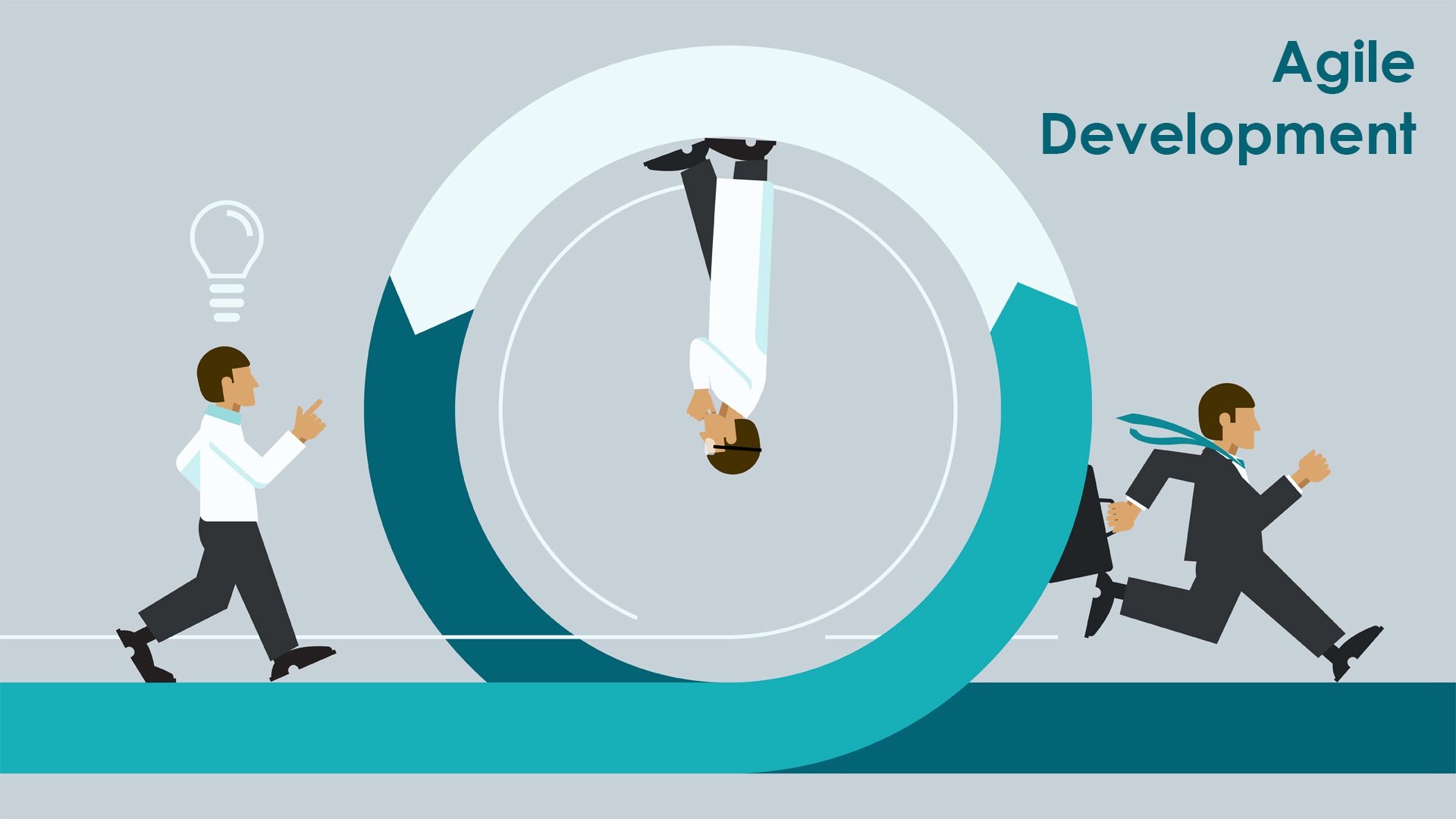As a product manager, I’ve worked with several tools to manage roadmaps using agile processes as well as waterfall techniques. During my time with United Technologies, we started our software development using waterfall. I authored large documents for my software requirements, but, as the development matured we moved it into agile. As the company was pretty new to agile, I was selected to bring our teams into the process.
Rally – During our move into agile, I started the process using a locally hosted tool called Rally. It was a good fit for a global organization such as UTC. In order to bring the team into this new process without a lot of confusion, I decided to slowly move the team one step at a time. As we matured, the process was eventually adopted after 8-10 months.
JIRA – Later on, we decided to move to a new tool called JIRA. This tool was much more adept to the team and supported remote access. It was also a great tool to host our documents and notes (with an add-on called Confluence).
Aha! – During my time using JIRA, I noticed there was a gap in its capability to report up to higher management. I then searched for another tool and found Aha.io. Aha is excellent because it gave me the capability to manage high level goals, customer requirements, and it also has a very nice connector that operates seamlessly with JIRA. By managing all of my requirements and user stories in Aha, I was able to easily push them to our development team who mostly worked in JIRA.
Here’s a diagram I put together showing my leadership how Aha and JIRA work together.

Scrum Planning – In order to keep the team focused, we held daily scrum meetings, and monthly planning sessions. As new requirements came in, my goal was to stay on top of estimates and releases by holding these planning sessions on a consistent basis with my teams.
